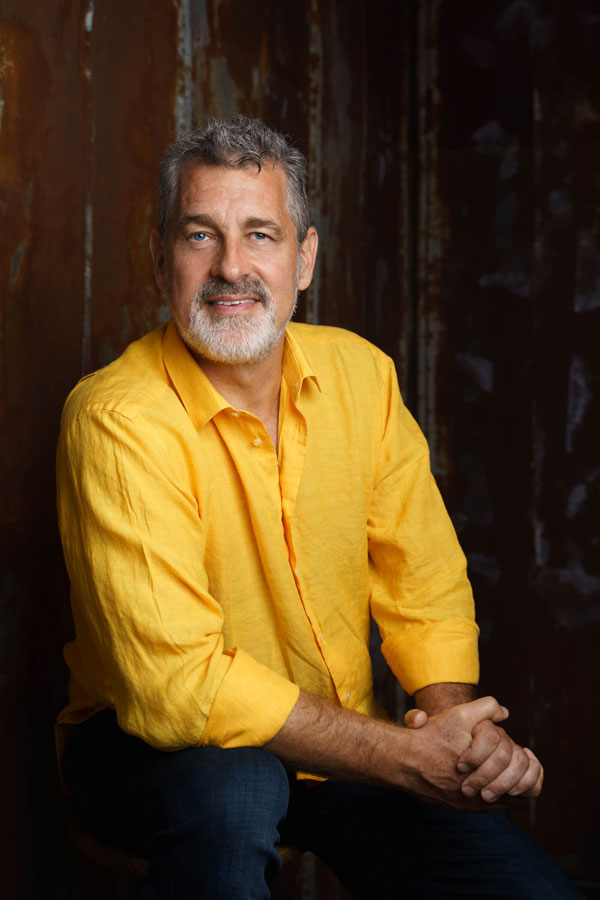Don’t Mold the Role. Design the System.
Summary Insight:
Doing what’s most important doesn’t mean ignoring your strengths—it means designing a system where both align. This article challenges the latest leadership cliché and shows how real impact scales.
Key Takeaways:
- Oversimplified leadership mantras—like “just focus on impact”—create blind spots.
- Effective systems let people work from strengths while executing what matters most.
- At scale, structure—not heroics—drives impact. Design accordingly.
This Interview with Bret Taylor, Chairman of OpenAI, Is Worth Watching
He shares some solid insights on leadership, work, and life. But one statement stood out—and made me pause.
Reflecting on his early days as a CTO, he said (paraphrased):
“I was trying to mold the job to fit me—my strengths, my preferences—instead of doing what the role actually required. When I focused on what was most important each day, even if it wasn’t what I enjoyed, I made a bigger impact and started to love the work more.”
That hit a nerve.
For the past fifteen years, I’ve coached CEOs and executive teams to design roles around their genius zones—the work they’re exceptional at and that gives them energy. When everyone works from their strengths, the system hums and results compound.
So when I heard Bret’s quote, my inner voice went:
“Oh no, here it comes—‘Forget your strengths, just do what’s important!’”
Cue the influencer chorus. Eye roll. Face palm.
I’ve seen this before. Oversimplified mantras that get passed around like gospel—without systems thinking behind them. A few examples:
- “Culture eats strategy for breakfast.”
No it doesn’t. Strategy and culture both matter—along with structure, process, and people. If you get the strategy wrong, culture won’t save you. Learn more: /understanding-lifecycle-strategy-free-and-useful-resources/
- “Start with Why.”
Most great companies don’t start with a why. They start by solving a real customer problem. Meaning and mission emerge by solving customer problems elegantly over time. Learn more: /whats-wrong-with-the-golden-circle/
- “Down with hierarchy!”
Flat structures are still hierarchical—just hidden and often dysfunctional. Real effectiveness comes from a fusion of top-down and bottom-up design. Learn more: /top-down-vs-bottom-up-hierarchy-or-how-to-build-a-self-managed-organization/
- “Old-thinking vs. new-thinking.”
You need both. The art is in managing the polarity, not picking sides. Learn more: /its-not-a-problem-to-solve-its-a-polarity-to-manage/
These are just a few places where nuance matters. The truth is always more systemic than a one-liner.
So—was Bret right to focus on what’s most important in the role, even if it didn’t match his strengths?
Yes. And also, no.
The real answer: Design the system so people can play to their strengths and align on what’s most important.
In a well-designed company:
- Strategy creates context for what’s important now.
- Culture focuses on how the work gets done.
- Structure supports the strategy and not the status quo.
- Processes support agility, realignment, and velocity.
- People energize roles which play to their strengths.
At a certain scale, impact comes from the system—not the hero. High-impact leaders don’t just inspire; they design. They build structures that channel energy, not just effort. They think in systems, anticipate downstream effects, and manage polarities. They align people to roles that match their strengths and focus the team on what matters most. That’s how you scale impact—by engineering it into the system.




